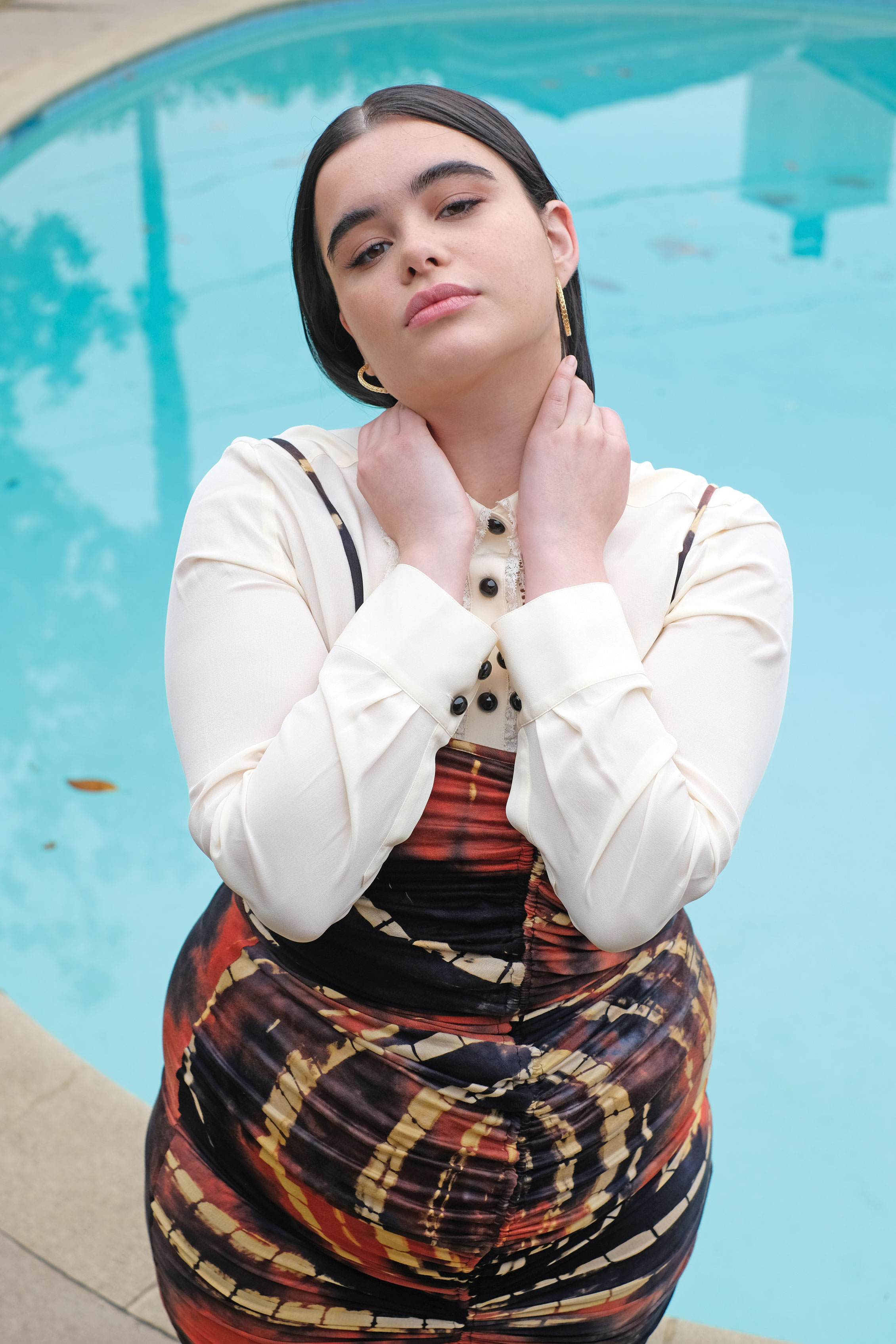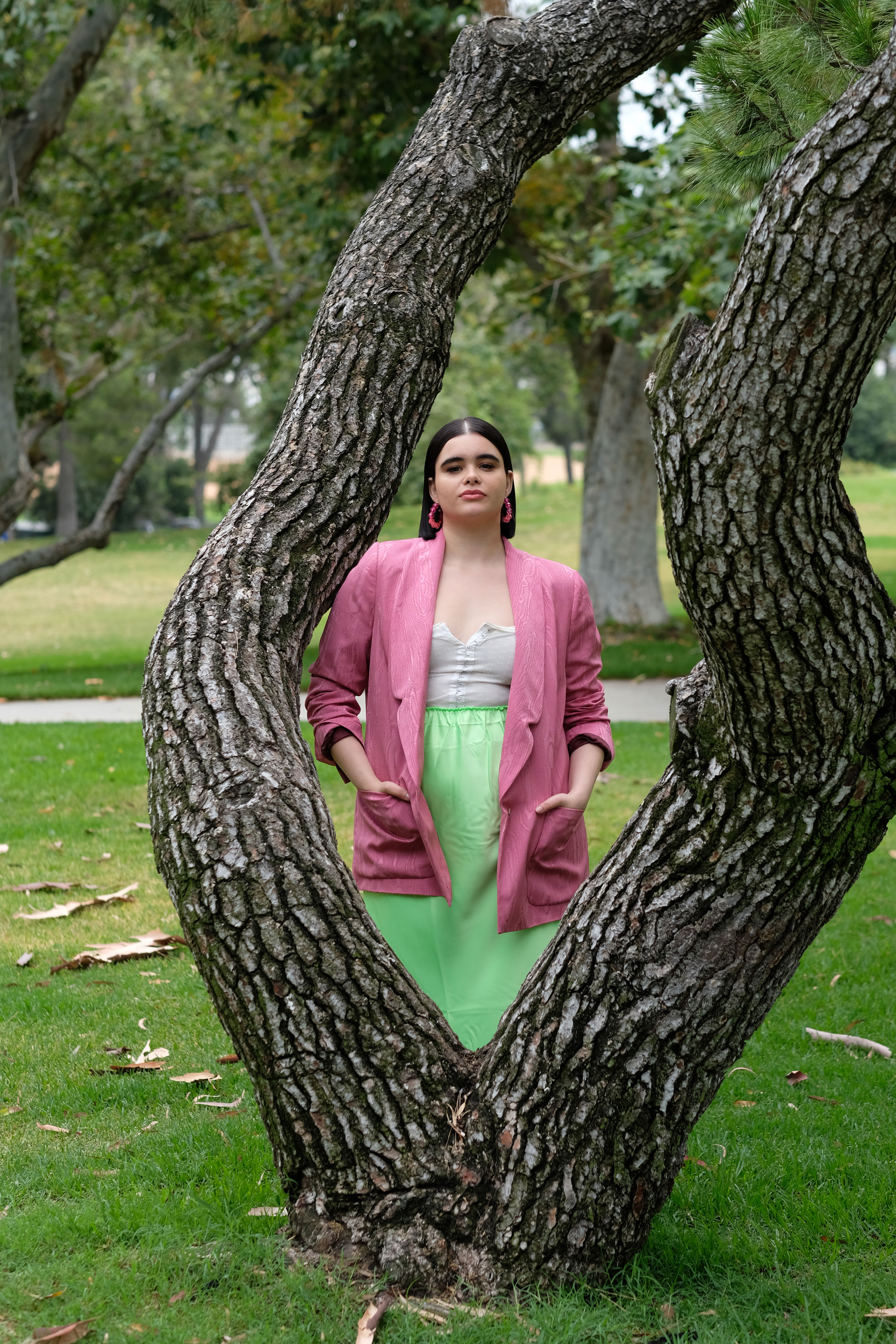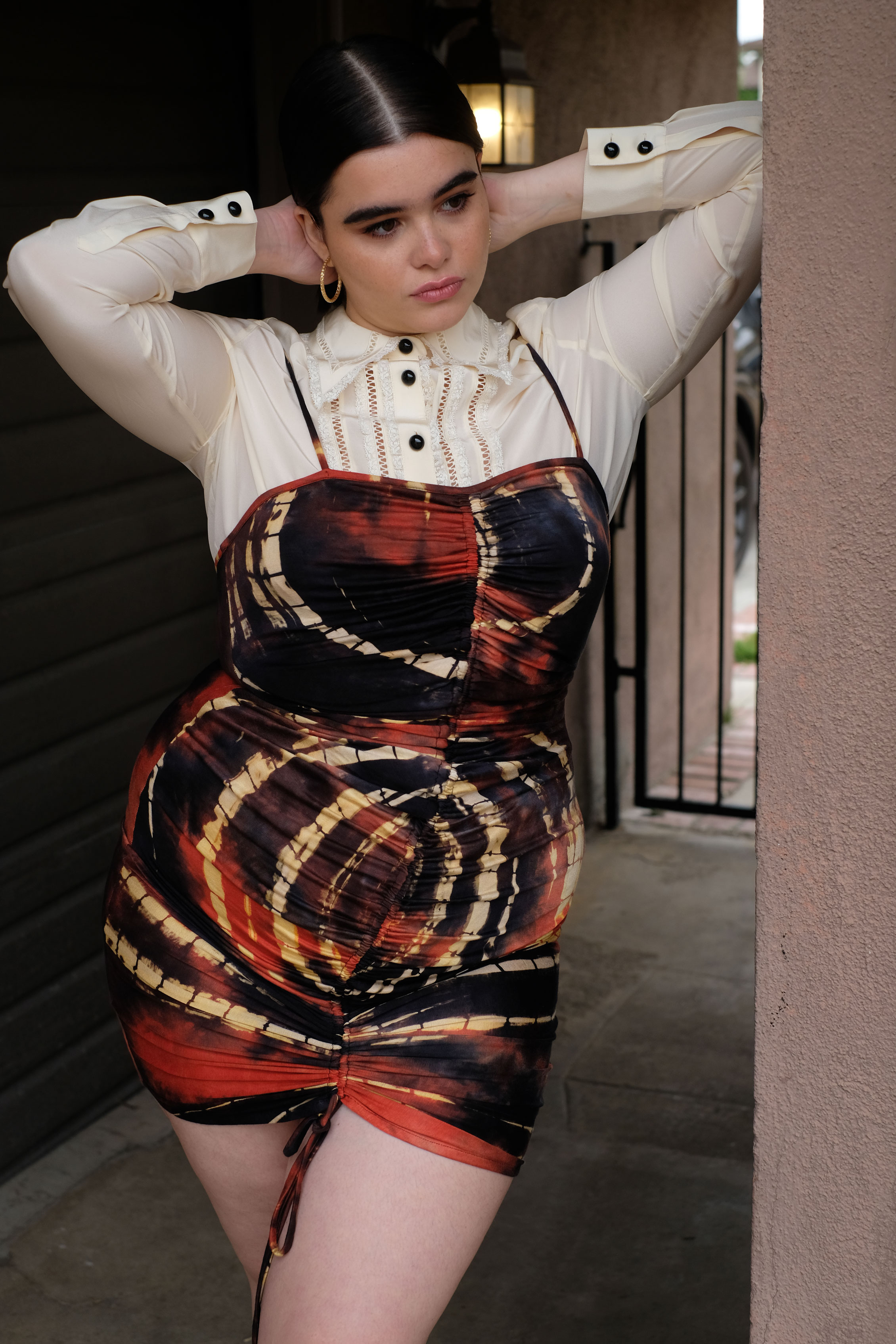
It was just supposed to be a temp position.
I was working as an assistant in another writers’ room, when someone in my office said that a friend’s show was looking for a fill-in writer’s assistant over the break.
I interviewed with Sam Levinson on a Thursday. As I sat in front of him, the words poured out of me; I didn’t plan on opening up, but I started talking about how I had walked out of a cousin’s wedding the week prior when the priest went on a rant about the sanctity of marriage, specifically male-female marriage. Other showrunners might not have reacted this way, but Levinson hired me immediately, and I started work that Saturday.

At that point, the pilot had been written and shot, so I knew it was Euphoria, a show for HBO, but I didn’t realize that Levinson was the only writer in this writers’ room. It was basically he and I. We jumped headfirst into writing and worked Christmas Eve, Christmas Day, New Year’s Eve and Day—and every day in between. When the opportunity came to join on a permanent basis, I leapt back in for more.
The past six months I have watched as the story—about love, about being seen and heard, about teenagers navigating sex, addiction and trauma—went from Levinson’s imagination to script to production and then into eight edited episodes. Working on Euphoria, I have been challenged as a writer and an artist in ways I had never been challenged before. So much of what’s exciting about the show is the stuff that remains unsaid, but feels completely understandable. Finding my contribution meant going back to the fumbling inarticulate-ness of life as a teenager. And beyond the show itself, witnessing the metanarrative developing around it—I have never worked on something so scrutinized in real time—has been a wild ride.
As we dived back into shooting after the holiday break, the solitude of the writers’ room quickly became an army of people. One of those people was Barbie Ferreira. From the moment she stepped on set, I was struck by her fearlessness. She presents herself with such an intentional self-assurance. I remember watching her in a scene early on and being amazed by her power on screen—what she can do with just the tilt of her head, a slight shift in her expression.

She is just as powerful off-screen. Multi-dimensional and multi-hyphenate, at 22, Ferreira’s already amassed a serious—and seriously diverse—resume. She is a model, an influencer, a voice in the body positivity movement, the host of last year’s Vice docuseries How to Behave and now an actress, playing high school junior Kat Hernandez on our show. Like Kat, Ferreira—who was born in Queens, New York, and raised by her Brazilian mother and grandmother—is bold and brash and exciting.
Some of what Ferreira’s character goes through may make the audience a little uncomfortable, but that’s the beauty of the show: Euphoria presents people and behavior without judgment. Something I immediately responded to after reading the scripts and working with Levinson was his refusal to label. For the next generation of rising artists, labels are for us to choose, not for others to impose on us. Checking in with Ferreira on the last Friday before the show’s premiere, I discover her long history of demolishing external labels to define herself on her own terms.
We meet up for lunch and opt for Mediterranean (Ferreira’s favorite). We start with a feta dip. “Stunning,” Ferreira says as they bring us the food. She’s dressed in a t-shirt and red Fila flip-flops. It’s casual in a way that somehow stands out. She tells me she loves “turning looks,” clothes that call attention. “I love to be extra,” she says, beaming. I’m the opposite; I want to blend in—be invisible if I can—which is why Ferreira is so compelling to me: She very much announces herself in a public space.
As we eat chicken shawarma, we talk about how the show has brought together people who like challenging ideas. Ferreira is steadfast in her stances, but when she tells me about herself, she comes across as very unguarded. Here’s what I learn.
She was deep into the internet from a young age.
Like, a really young age. She got her hands on a Dell and found her way online with a dial-up connection. “I was on my laptop all day,” she says. “My age group was the first where it was like raw internet, 4chan, forums and chatrooms. That was insane and I was way too young!”
She credits being online with discovering her voice in comedy and with giving her new avenues to challenge and express herself. MySpace, the dominant social media platform from 2004 to 2009, allowed savvy users to customize the layouts of their profile pages—if they had the skills. “I coded a little bit because I had to for my MySpace layout. Of course my page had to be coded, I had to have my wallpaper moving in the background!” she says.

She could seriously relate to Kat.
As soon as I sit down, I notice that Barbie is wearing the same distinctive heart-shaped glasses that Kat wears for much of the season. It turns out they’re Barbie’s own. But the connection goes deeper than the frames. “Kat hits so close to home, I can’t even describe it,” she says. “When I read the script, I felt shocked. It felt like someone was in my brain.”
On the show, Kat is a high school junior who is worshiped online as a writer of smutty One Direction fan fiction, but feels totally invisible IRL. Growing up, Ferreira similarly found a community online, but tells me about a time in high school, rolling up to the Applebee’s and being asked what school she goes to. “I remember thinking, ‘Bitch, I’m in your bio class! I sit behind you!’”
She has a voice (and she’s not afraid to use it).
Working as a model at 16, Ferreira had to develop a strong sense of self from a young age to counterbalance the criticism she found online. “I’m so used to taking so many negative opinions about myself. I had to be completely confident to feel like I could take up space,” she says. “My confidence is so precious to me and so fragile. I speak loudly, with intention and eye contact.”
Finding her voice has given Ferreira a platform to push for more inclusive standards of beauty in media. “It’s about normalizing a lot of bodies,” she says, stressing the importance of representing all kinds of body types. Looking at today’s prevalent Instagram influencer vibe that tends to homogenize, she advocates an alternative way of being: “Accentuate your differences. Accentuate your flaws. That’s what’s cool.”
This article originally appeared in LALA's Summer 2019 issue. Subscribe here.




